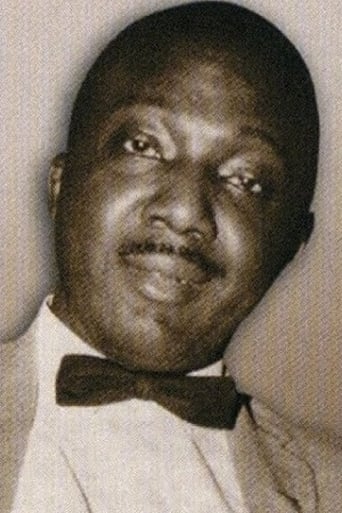In "The Soul of A Man," director Wim Wenders looks at the dramatic tension in the blues between the sacred and the profane by exploring the music and lives of three of his favorite blues artists: Skip James, Blind Willie Johnson and J. B. Lenoir. Part history, part personal pilgrimage, the film tells the story of these lives in music through an extended fictional film sequence (recreations of '20s and '30s events - shot in silent-film, hand-crank style), rare archival footage, present-day documentary scenes and covers of their songs by contemporary musicians such as Shemekia Copeland, Alvin Youngblood Hart, Garland Jeffreys, Chris Thomas King, Cassandra Wilson, Nick Cave, Los Lobos, Eagle Eye Cherry, Vernon Reid, James "Blood" Ulmer, Lou Reed, Bonnie Raitt, Marc Ribot, The Jon Spencer Blues Explosion, Lucinda Williams and T-Bone Burnett.
The Soul of a Man (2003) is currently not available on any services.
Laurence Fishburne , Chris Thomas King , J.B. Lenoir , T Bone Burnett , John Mayall , Lucinda Williams
Wim Wenders
Jigsaw Productions






Joe Bonamassa: Tour de Force - Live in London Night 3 (Hammersmith Apollo)

Joe Bonamassa: Tour de Force, Live in London - Night 4 (The Royal Albert Hall)

Joe Bonamassa: Tour de Force - Live in London Night 1 (The Borderline)